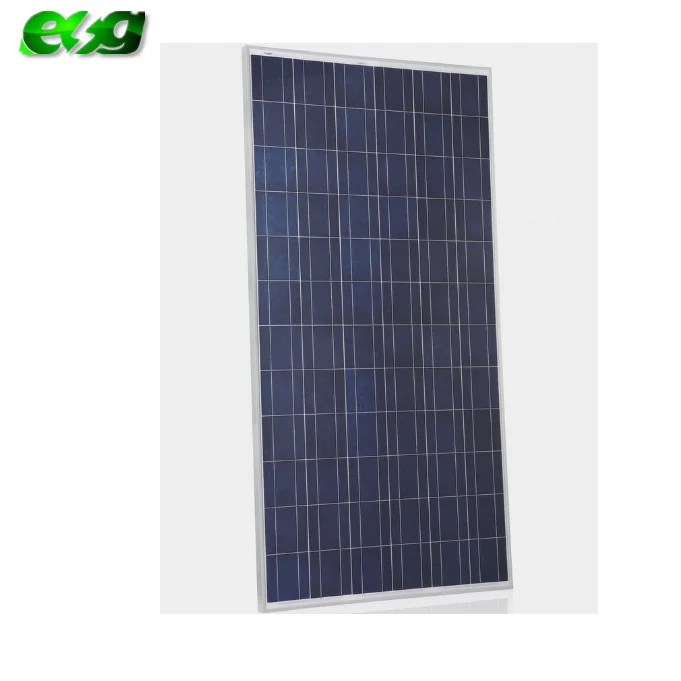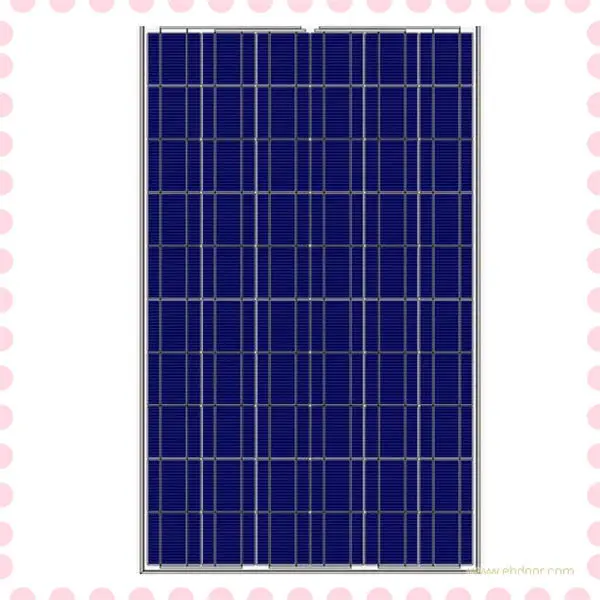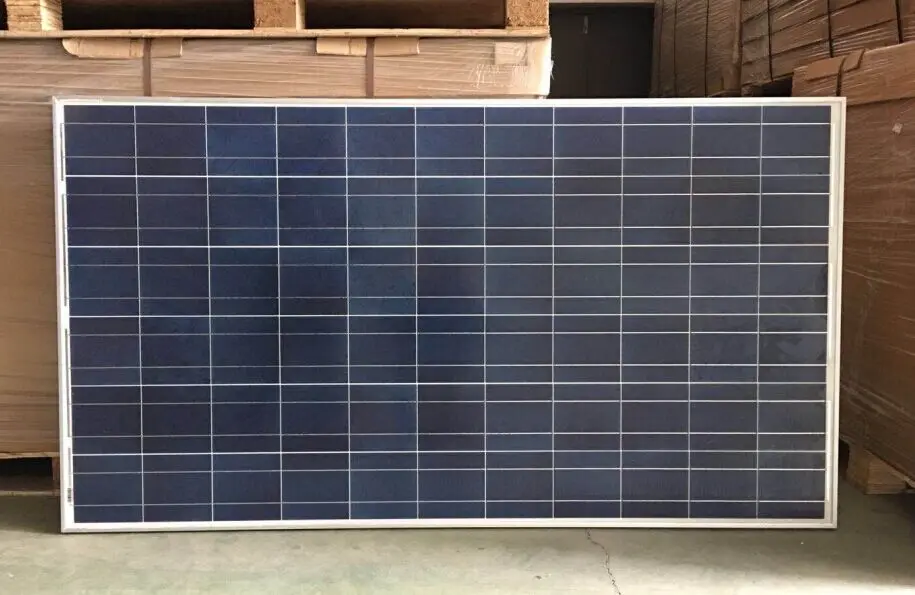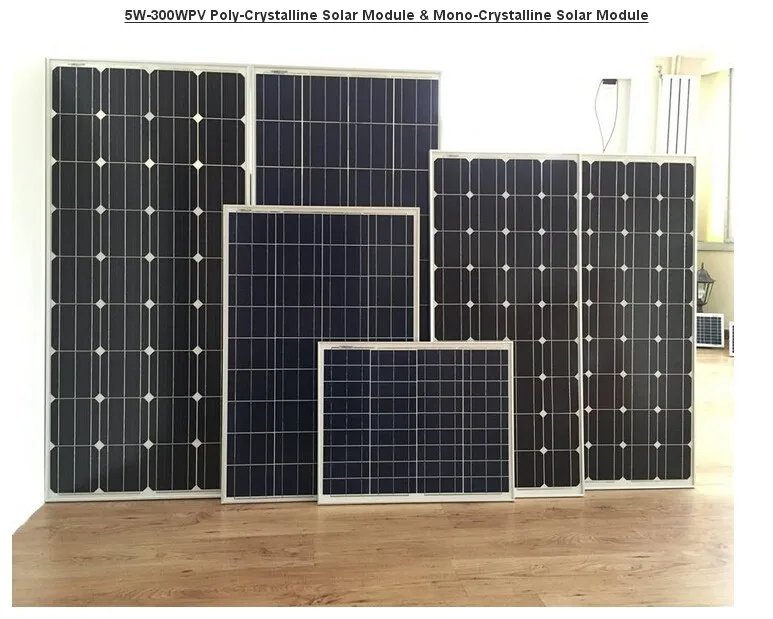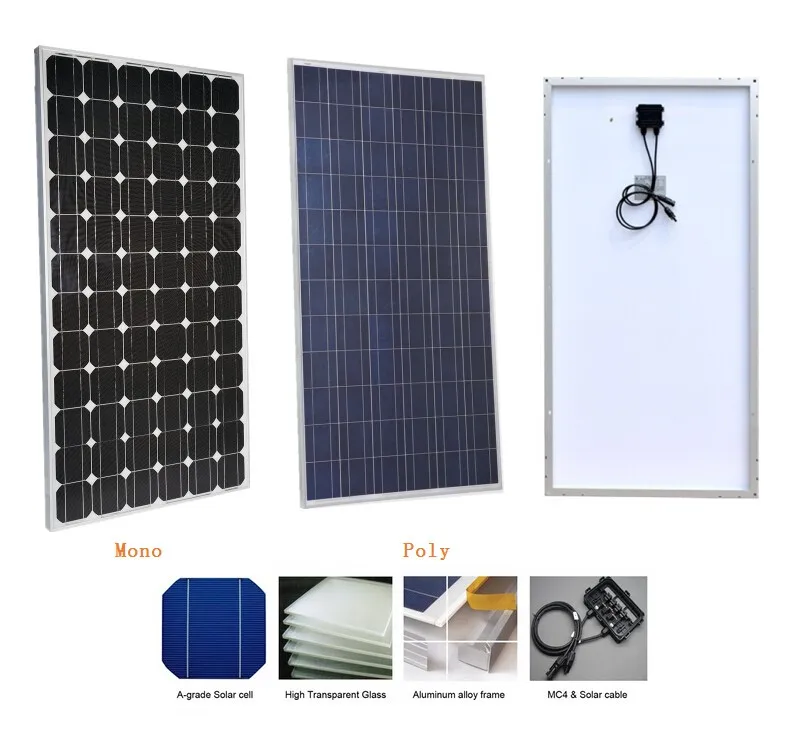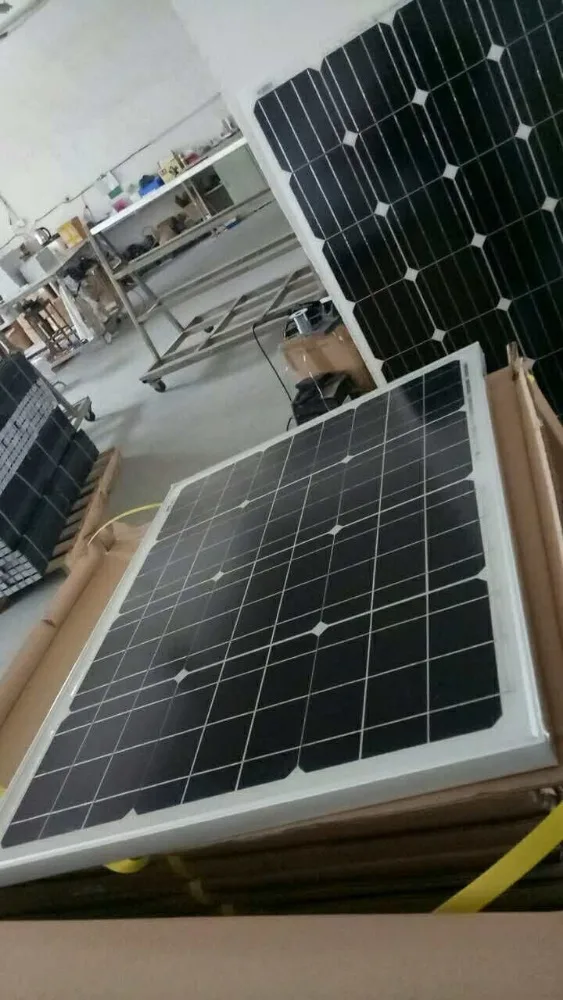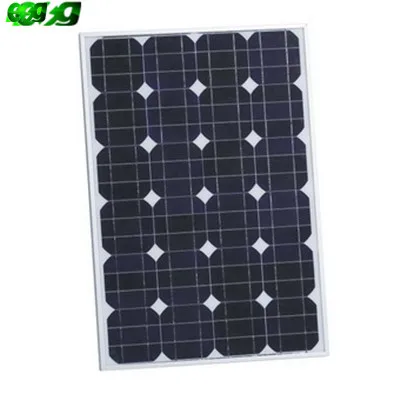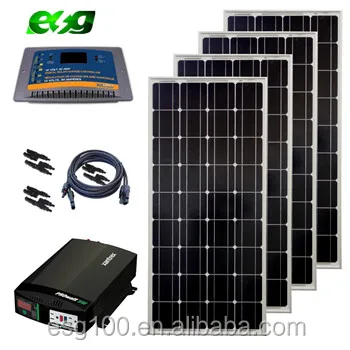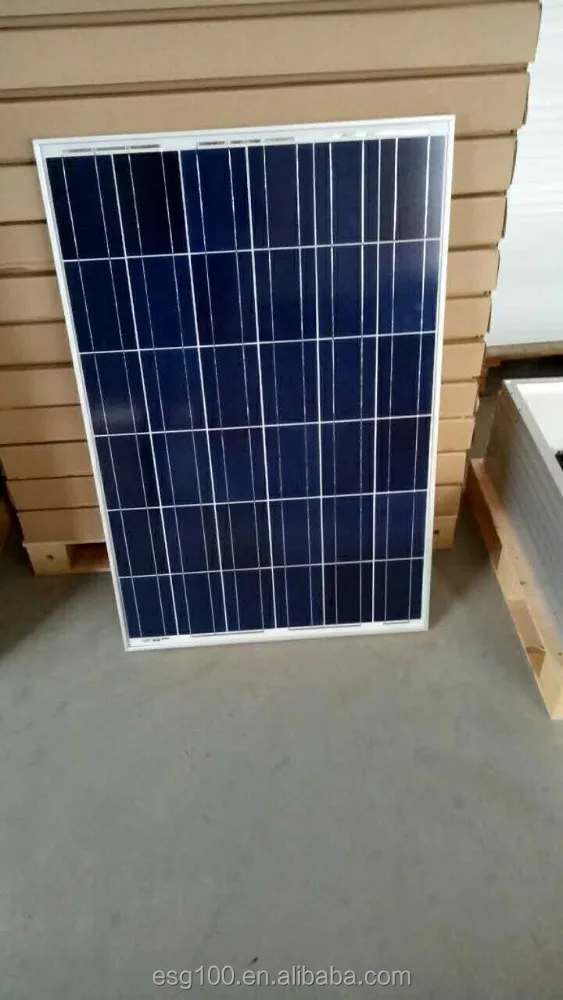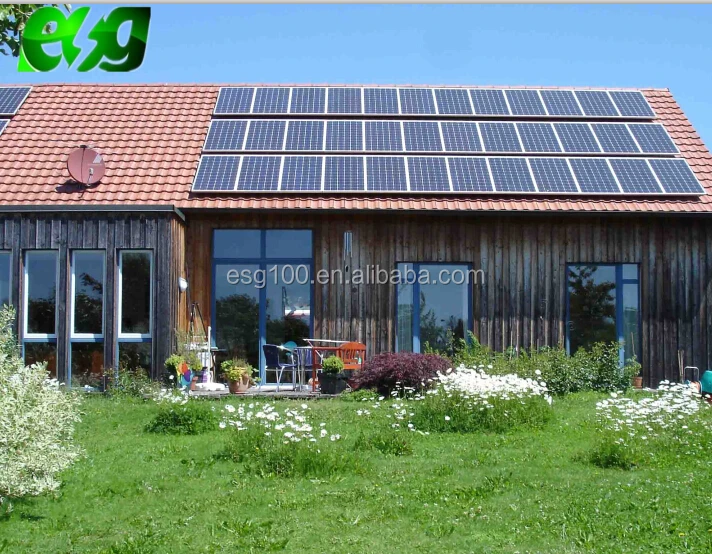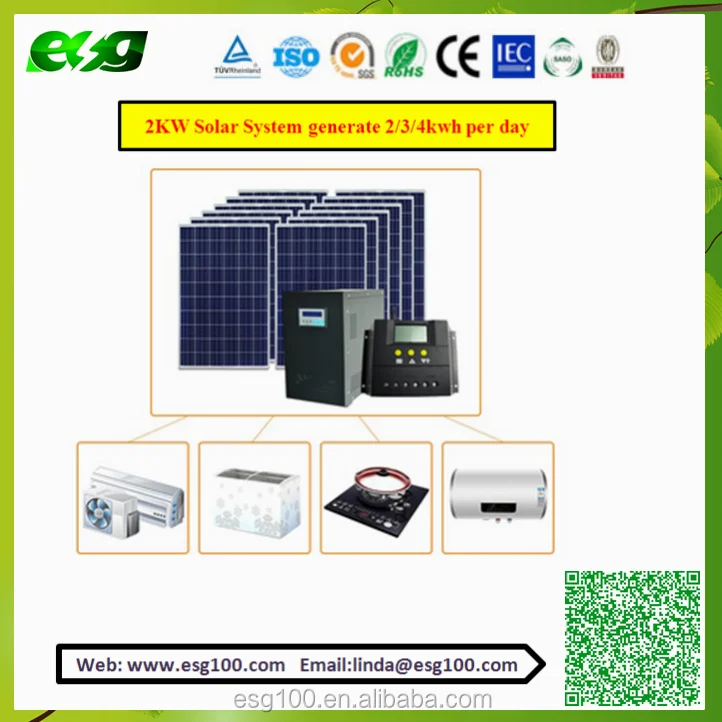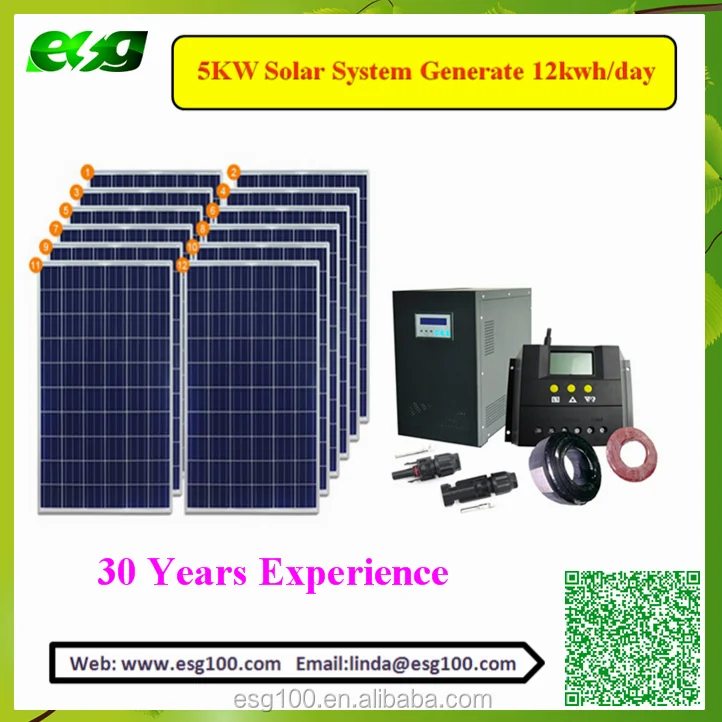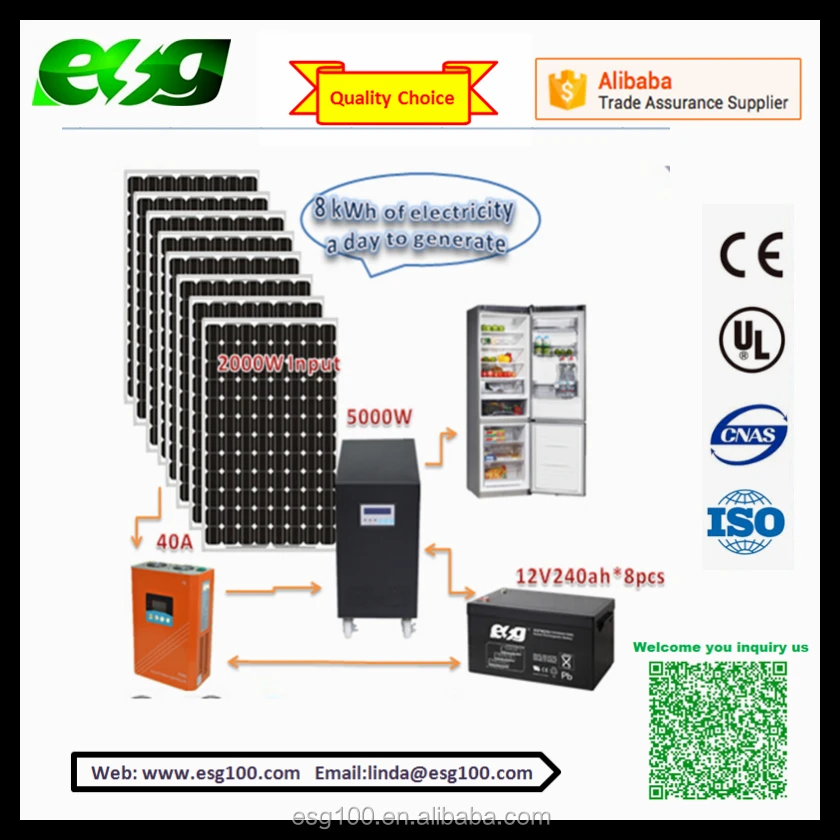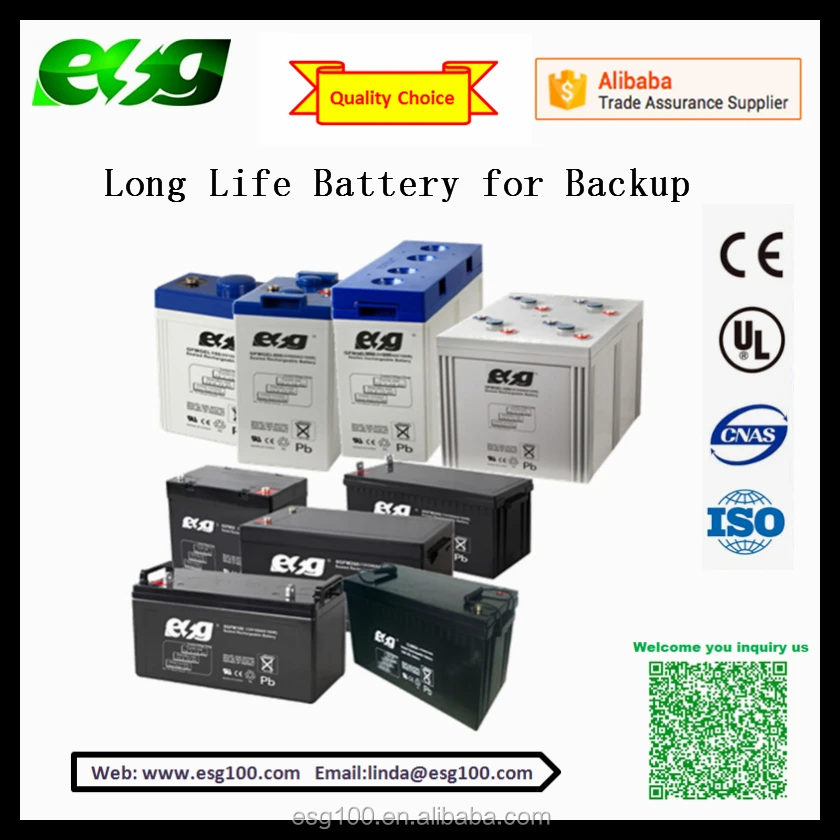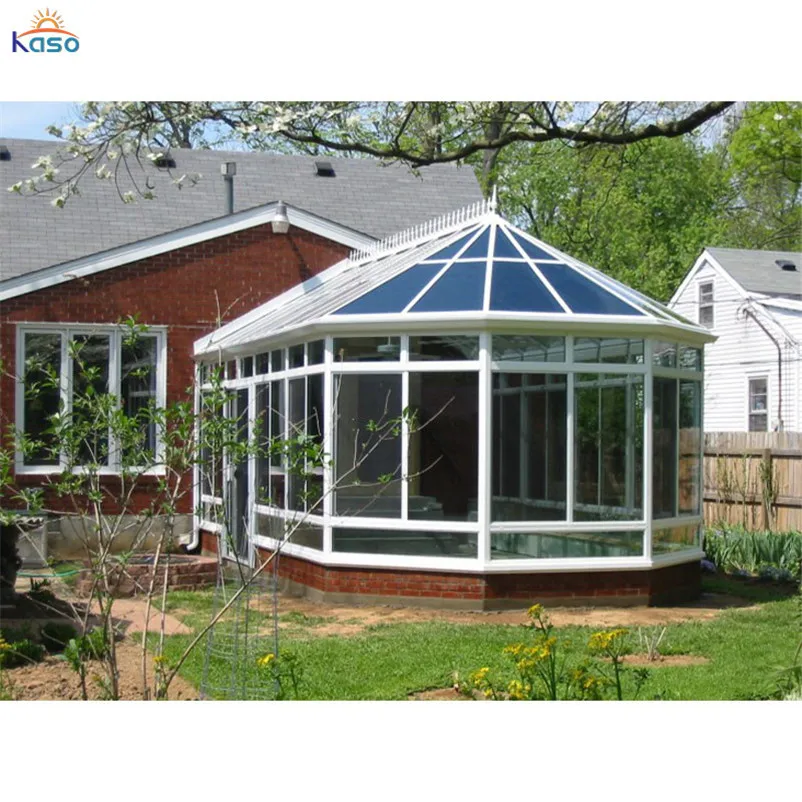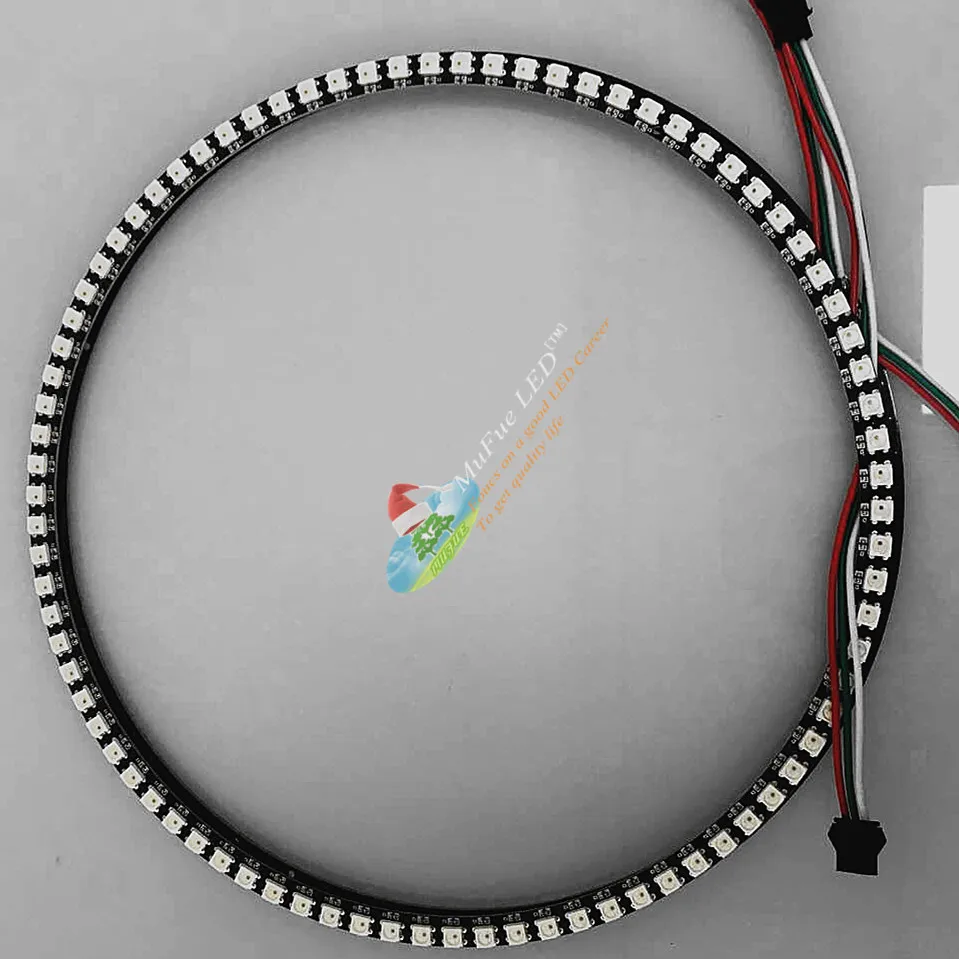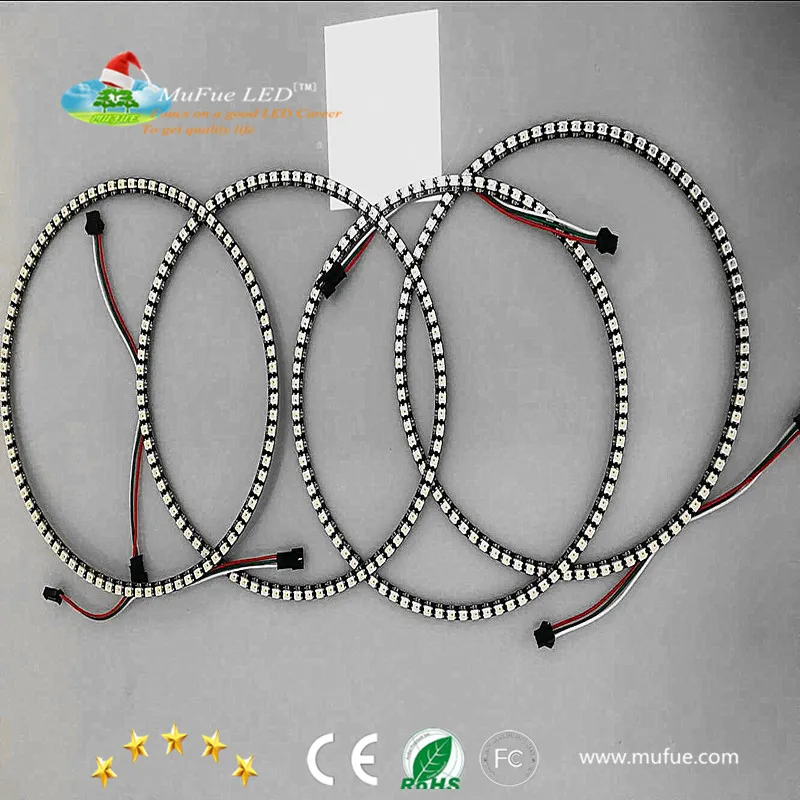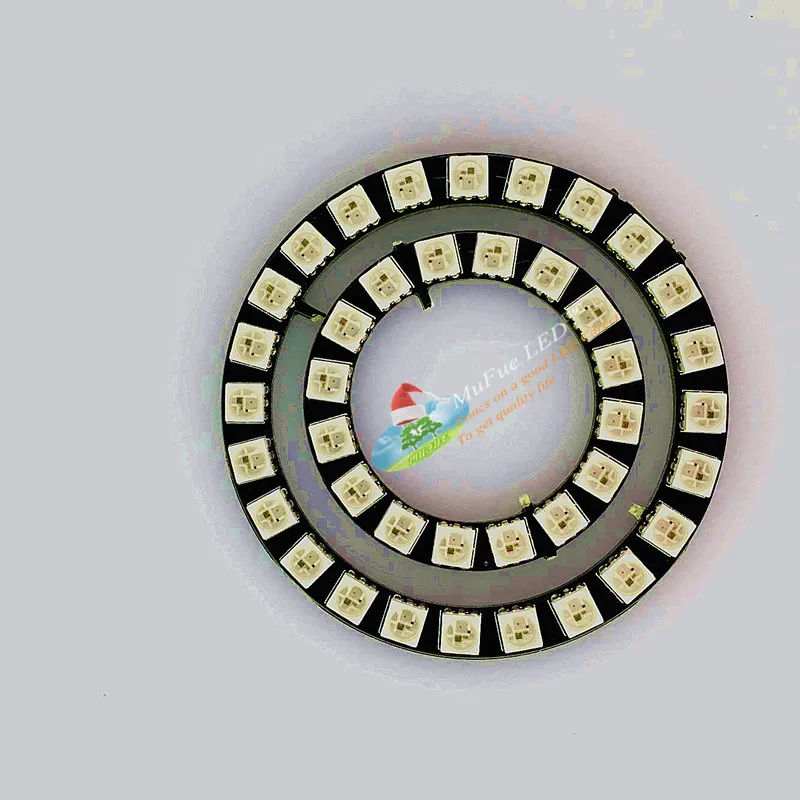Ceramic Fiber Module: A Complete Guide for Buyers in 2025
Ceramic fiber modules have become essential insulation materials across industries due to their exceptional thermal resistance and energy-saving properties. As global demand grows, China has emerged as a leading supplier of high-quality yet cost-effective ceramic fiber modules. This guide helps buyers navigate the market and make informed decisions.
How to Find Reliable Ceramic Fiber Module from China in 2025
Finding trustworthy Chinese suppliers requires careful evaluation. Look for manufacturers with:
- ISO 9001 certification for quality management
- Minimum 5 years of production experience
- Independent R&D capabilities
- Complete testing equipment
- Positive customer reviews on Alibaba or Global Sources
Top production clusters are located in Shandong, Jiangsu, and Zhejiang provinces. Consider visiting factories or requesting product samples before large orders.
What Buyers Should Know Before Buying Ceramic Fiber Module from China
Key considerations include:
- Material composition: Standard modules contain 45-50% Al2O3, while high-alumina versions exceed 52%
- Density: Typically ranges from 190-220 kg/m³ for optimal performance
- Temperature rating: Standard modules withstand 1000-1260°C, high-purity versions up to 1430°C
- Lead time: Allow 15-30 days for production plus shipping
- Payment terms: 30% deposit with balance before shipment is common
Types of Ceramic Fiber Module
Main varieties include:
- Standard modules: Most common, cost-effective for general industrial use
- High-purity modules: Enhanced thermal stability for extreme temperatures
- Zirconia-enhanced: Superior resistance to chemical corrosion
- Pre-fired modules: Reduced shrinkage during initial heating
- Custom shapes: Designed for specific equipment geometries
Functions and features of Ceramic Fiber Module
These modules offer:
- Excellent thermal insulation (thermal conductivity 0.12-0.20 W/m·K at 1000°C)
- Low heat storage for energy savings up to 30%
- Resistance to thermal shock and rapid temperature changes
- Chemical stability against most acids and alkalis
- Easy installation with anchor systems
- Long service life (typically 5-8 years)
Scenarios of Ceramic Fiber Module
Common applications:
- Steel industry: Ladle covers, tundish linings
- Petrochemical: Furnace linings, reformer insulation
- Power generation: Boiler insulation
- Glass manufacturing: Kiln car insulation
- Aluminum processing: Holding furnaces
A case study showed a steel plant reducing energy costs by 22% after installing Chinese-made modules.
How to Choose Ceramic Fiber Module
Selection factors:
- Determine maximum operating temperature
- Evaluate chemical exposure
- Consider thermal cycling frequency
- Assess required mechanical strength
- Compare total cost including installation
For most industrial applications, standard modules with 220 kg/m³ density offer the best balance of performance and cost.
Ceramic Fiber Module Q & A
Q: What's the typical lifespan of ceramic fiber modules?
A: Properly installed modules last 5-8 years in continuous operation at rated temperatures.
Q: Are there health concerns during installation?
A: Modern biosoluble fibers minimize risks, but installers should wear proper PPE as fibers may irritate skin and lungs.
Q: How do Chinese modules compare to Western products?
A: Leading Chinese manufacturers now match quality at 30-50% lower cost, with similar temperature ratings and durability.
Q: What's the minimum order quantity?
A: Most Chinese suppliers require 10-20 m³ for standard modules, though some accept smaller trial orders.
Q: Can modules be repaired if damaged?
A: Small damages can be patched with ceramic fiber blanket, but extensive damage requires module replacement.








